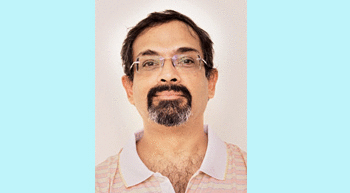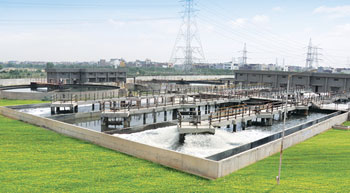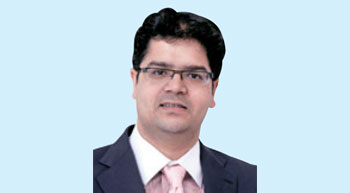India is urbanising at, what a Union Minister has termed, a very 'dramatic' clip. It today has 50 cities with a population of over one million. As per the 2011 Census, the total number of cities and towns in the country had increased to 7,936 from 5,161 in 2001.
FlashNews:
IndiGrid to Acquire Gadag Transmission for ₹3.72 Billion
India Launches First All‑Electric Tug at Deendayal Port, Accelerates Green Maritime Shift
Bharatmala Pariyojana Executes 61% of Phase‑I Highway Targets, Boosts Freight Speed and Connectivity
Waaree Tops India’s Solar Module Shipments in Q3 2025, Reinforces Global Competitiveness
AISATS Expands Nationwide, Launches Ground Handling at Cochin Airport with Future‑Ready Tech
TIL Bags ₹2 Billion Orders Across Defence and Logistics, Validates Dual-Sector Strategy
Indian Railways to Roll Out OTP‑Based Tatkal Window Tickets Nationwide to Curb Misuse
Sanchar Saathi Row: Scindia Defends App as Voluntary, Transparent and Consumer‑Protective Amid Privacy Debate
REIAs Issue 67.5 GW Renewable Energy LoAs Since April 2023 with Zero Cancellations: Joshi
Rail Freight Rises 4.2% in November as Steel, Iron Ore and Fertiliser Volumes Surge
NHAI Partners Reliance Jio to Launch Telecom‑Based Safety Alerts on National Highways
Delhi Airport Becomes India’s First Water‑Positive Major Aviation Hub
Civil Aviation Minister Confirms GPS Spoofing at Delhi Airport; Cyber Threats Spread to Major Hubs
India’s Power Capacity Crosses 505,000 MW, Clean Energy Transition Accelerates
Air India Express Launches Twice-Daily Nagpur-Bengaluru Flights, Expands Maharashtra Network
India to Expand Refining Capacity to 309.5 MMTPA by 2030, Accelerates Biofuel and Green Hydrogen Push
Air India Expands China Presence with TAM Group Appointment as Passenger GSA
DFCCIL Trial Run Paves Way for JNPA Link to Western Dedicated Freight Corridor
India Secures Top Vote in IMO Council Re‑Election for 2026-27
Tag: CPCB
Waste segregation at source is a major hindrance
The 2014 report of the Planning Commission Committee chaired by K Kasturirangan found that 62 million tonnes (MT) of municipal solid waste (MSW) was produced per year, which is based on an average of 0.45 kilo per capita, per day, for IndiaÆs urban population.
Scaling the urban ladder
Rapid urbanisation has brought in a sling of progressive measures from the policy-makers. A transition has to set in to accommodate such exponential growth in the urban population.
Connecting the dots
Conventional sewage treatment systems, favoured by engineers and bureaucrats, are incapable of doing the job. So the smart cities have been picked and the hunt is on to flesh out what the proclamations of the Ministry of Urban Development
Blue Gold
Warring nations over water may sound apocalyptic, but there is no denying water is going to be a major restraint on urbanisation. Basic demand-supply rules apply here and explain to a large extent doomsday scenarios captured in Hollywood hits such as Water Wars
The Government has started supporting PPP and introduced reforms
Discharge of untreated sewage is the biggest cause for water pollution. The large gap between the generation of waste-water and its treatment has led to large scale ground water contamination. Operation and maintenance of existing plants
Automatic Water Quality Monitoring on Ganga
Under the World Bank aided project Automatic Water Quality Monitoring has been setup under the NGRBA Project for the river Ganga at an estimated cost of Rs 94.45 crore approximately.
Why a nice cooperative system isn’t working
Over the last three decades the industrial sector in India has reportedly quadrupled in size, no doubt providing several benefits. With World Water Day on 22 March, Janaki Krishnamoorthi explores why government efforts at creating cooperative wastewater treatment plants have failed, and explains why industries’ contribution in conservation will augment business opportunities.








